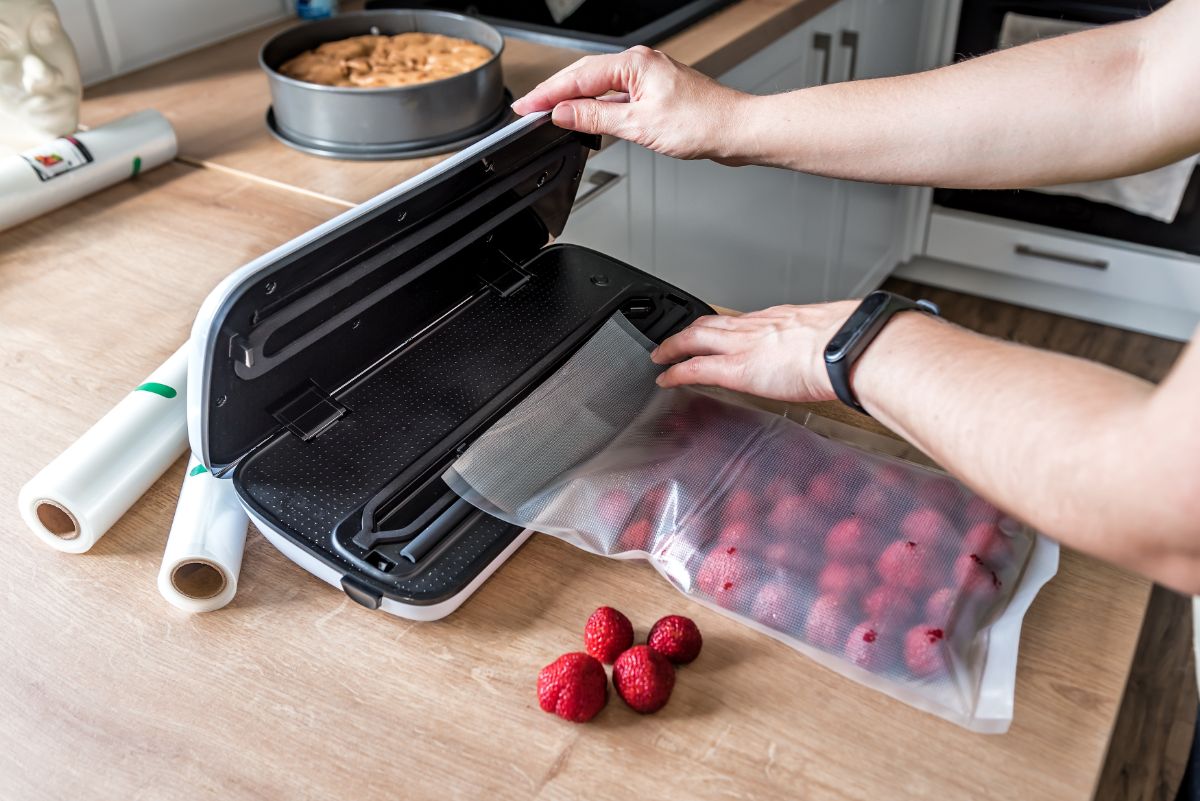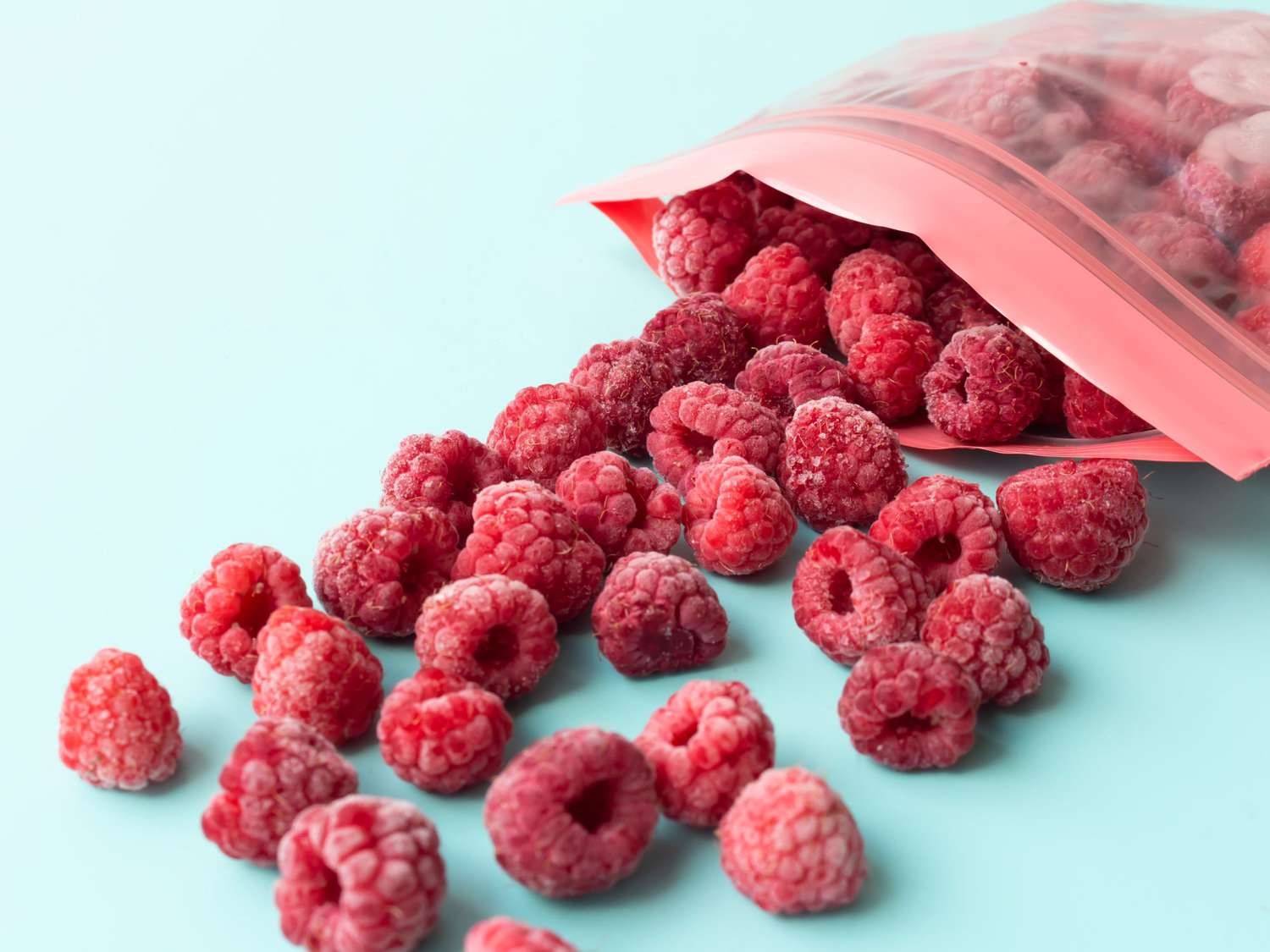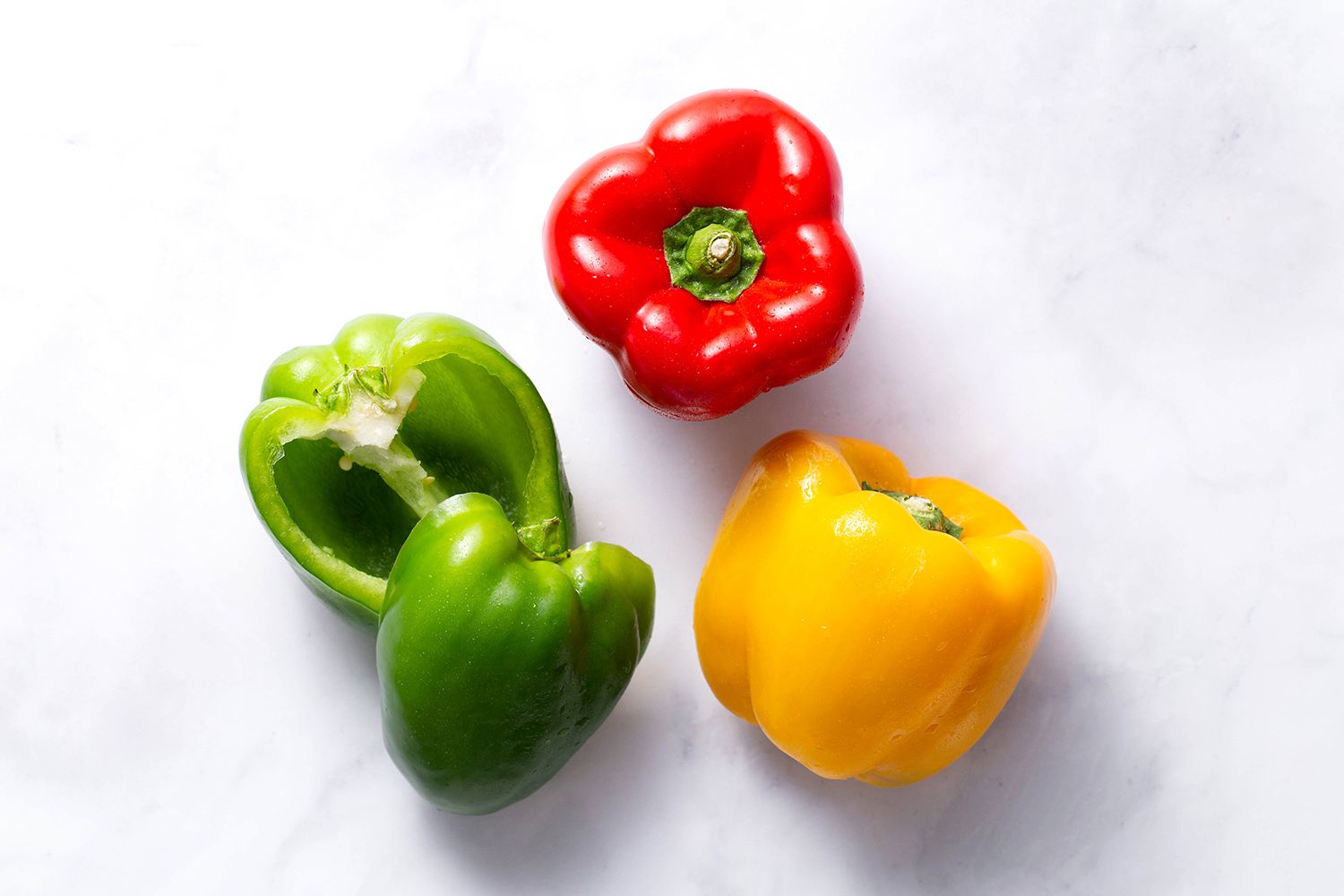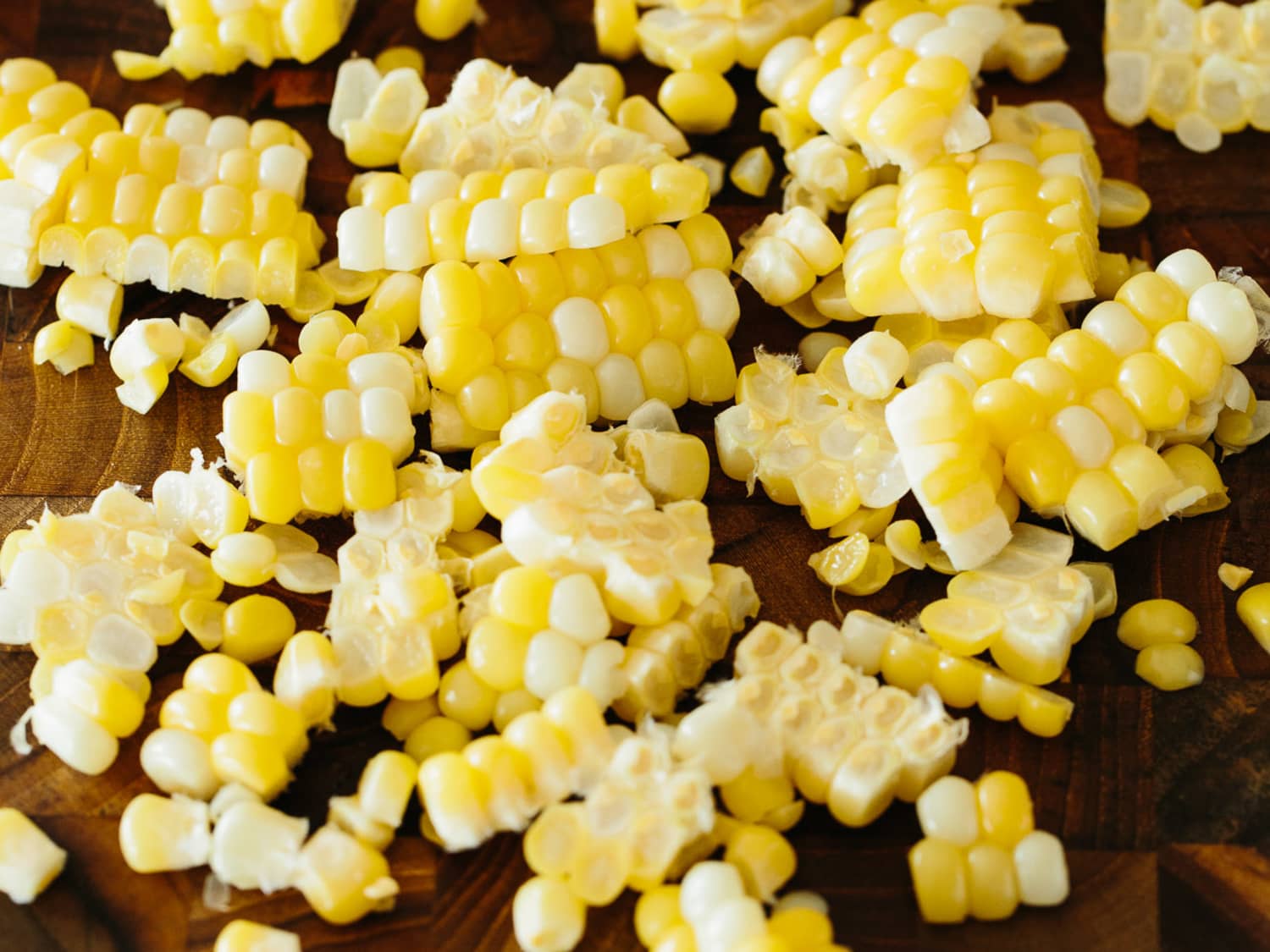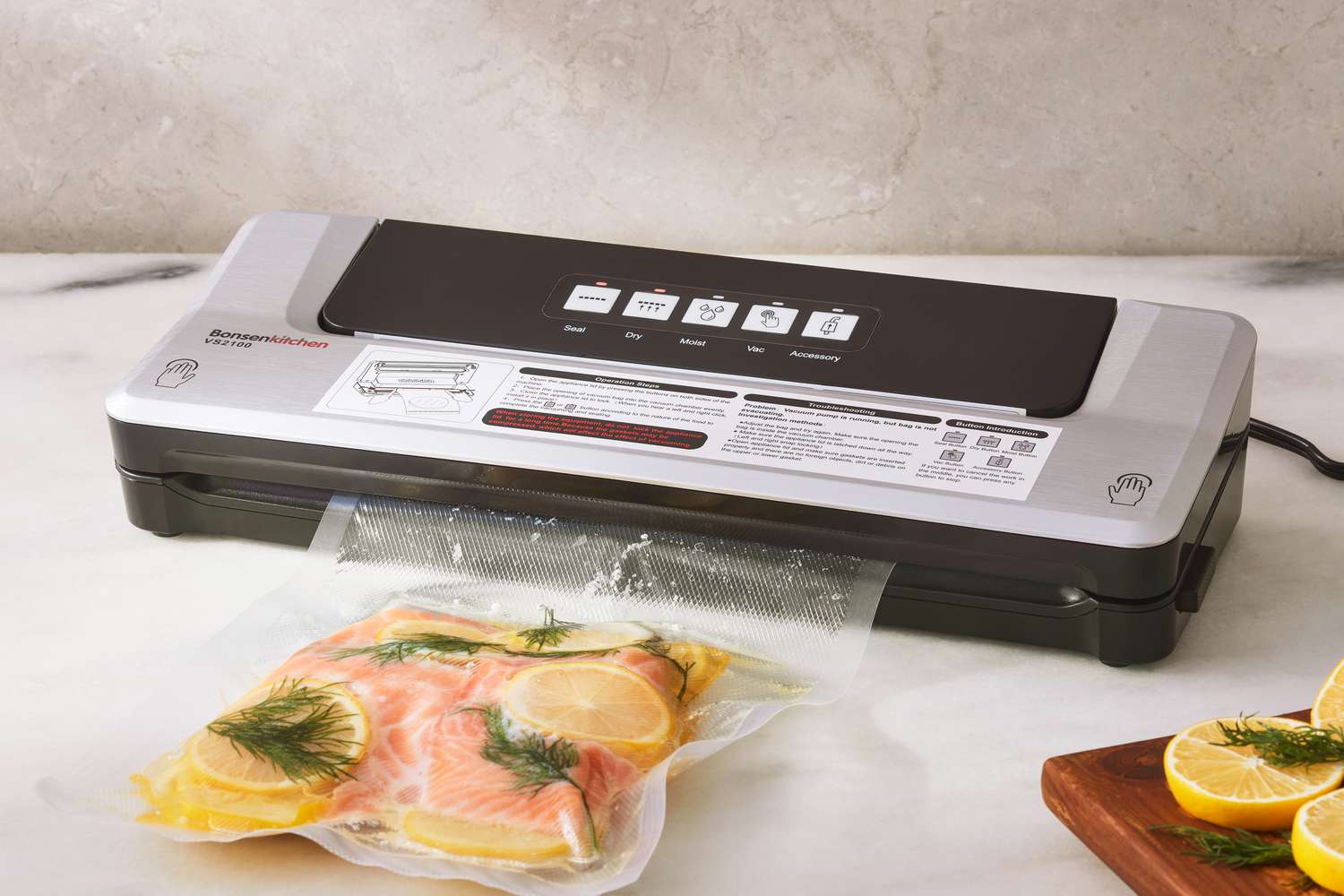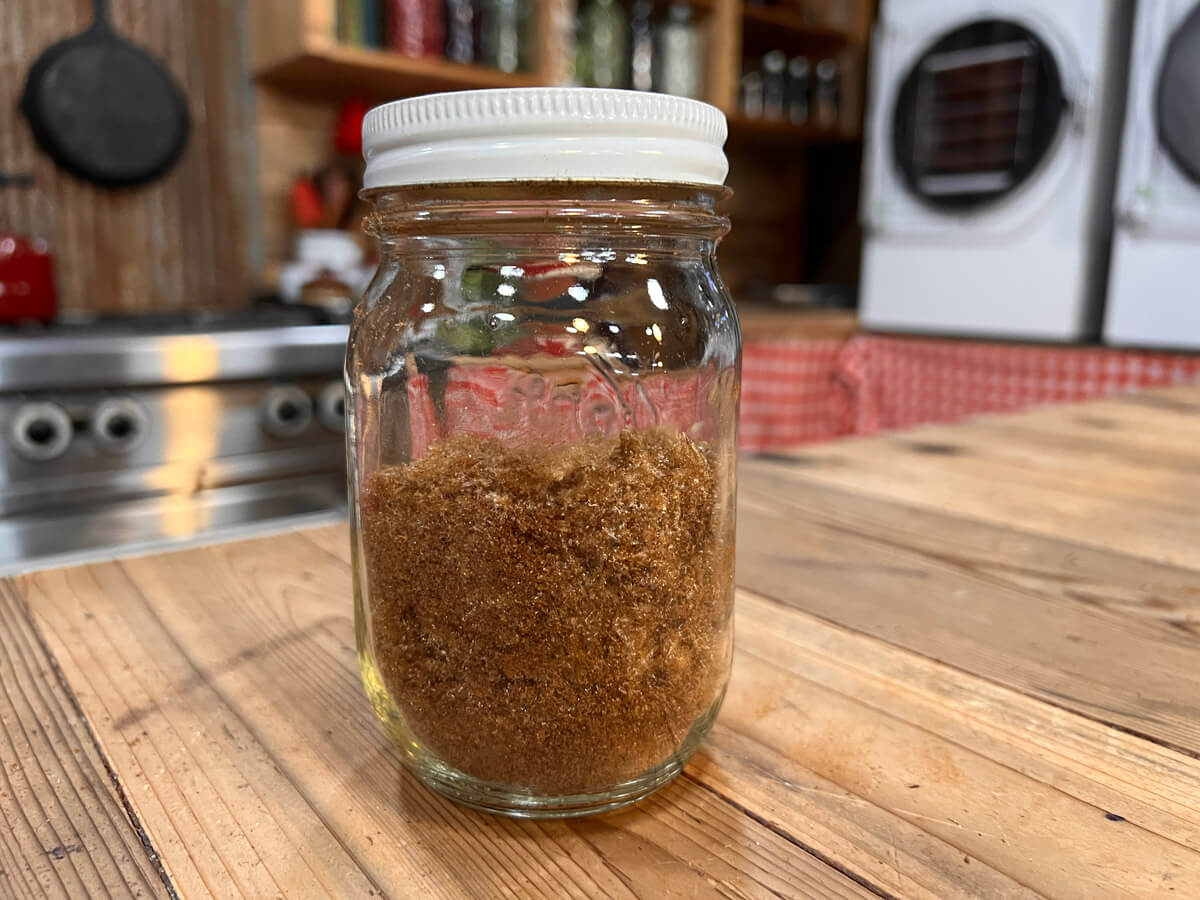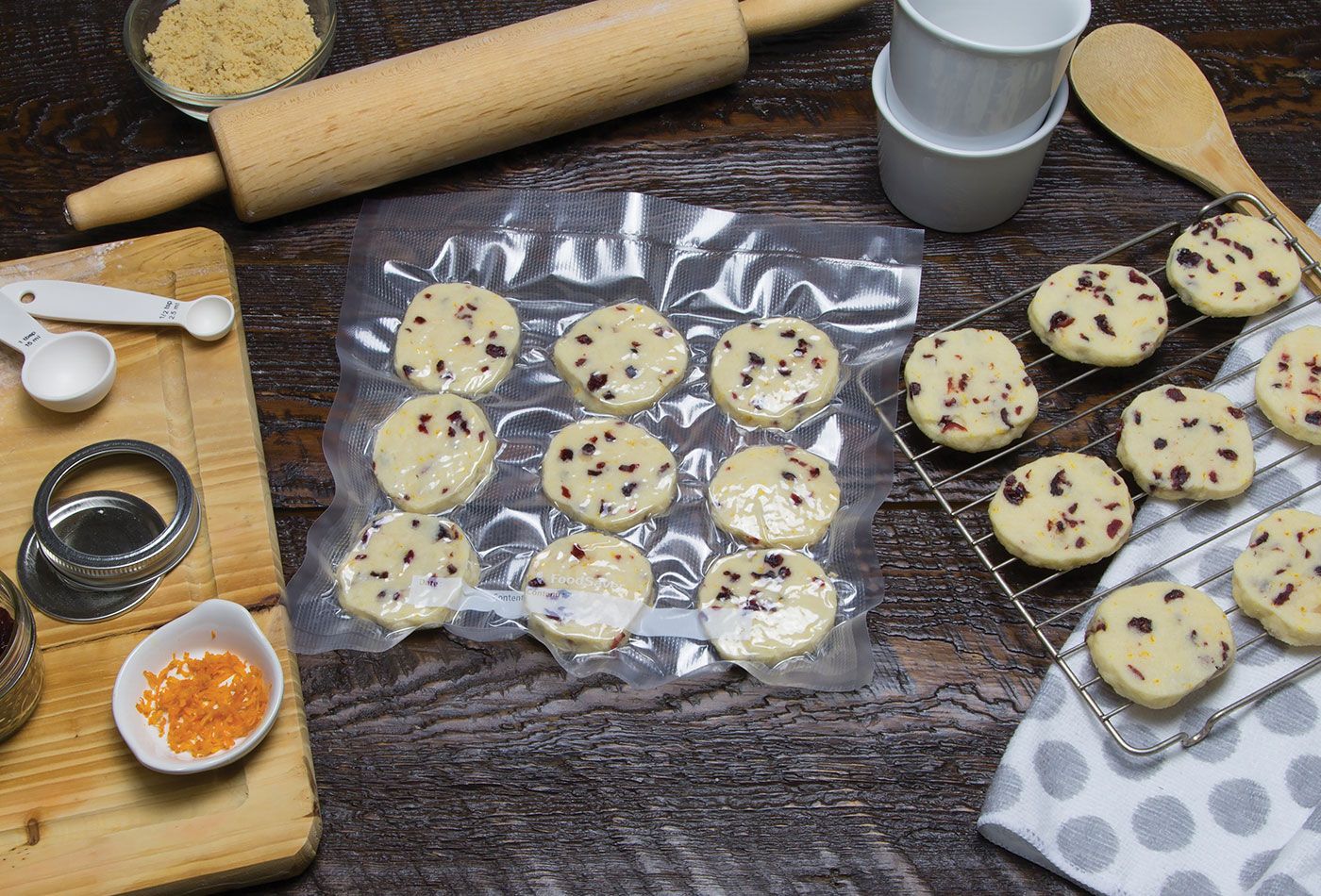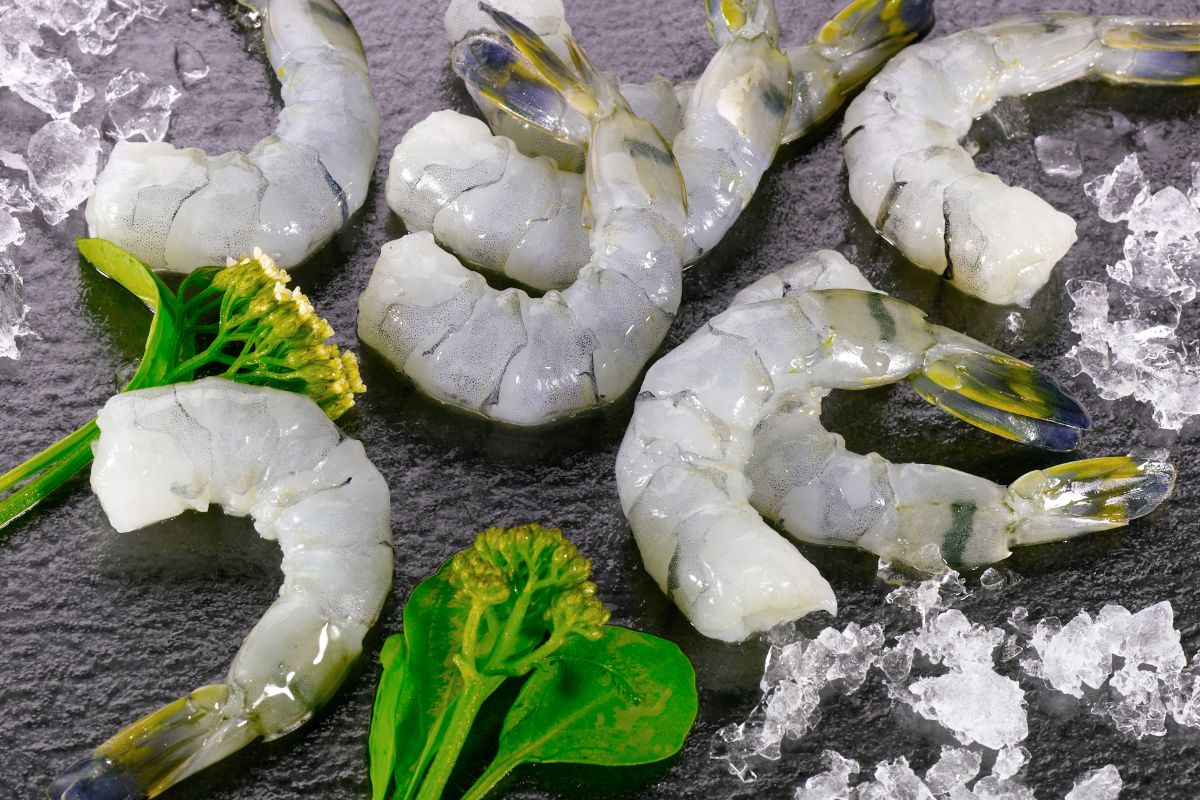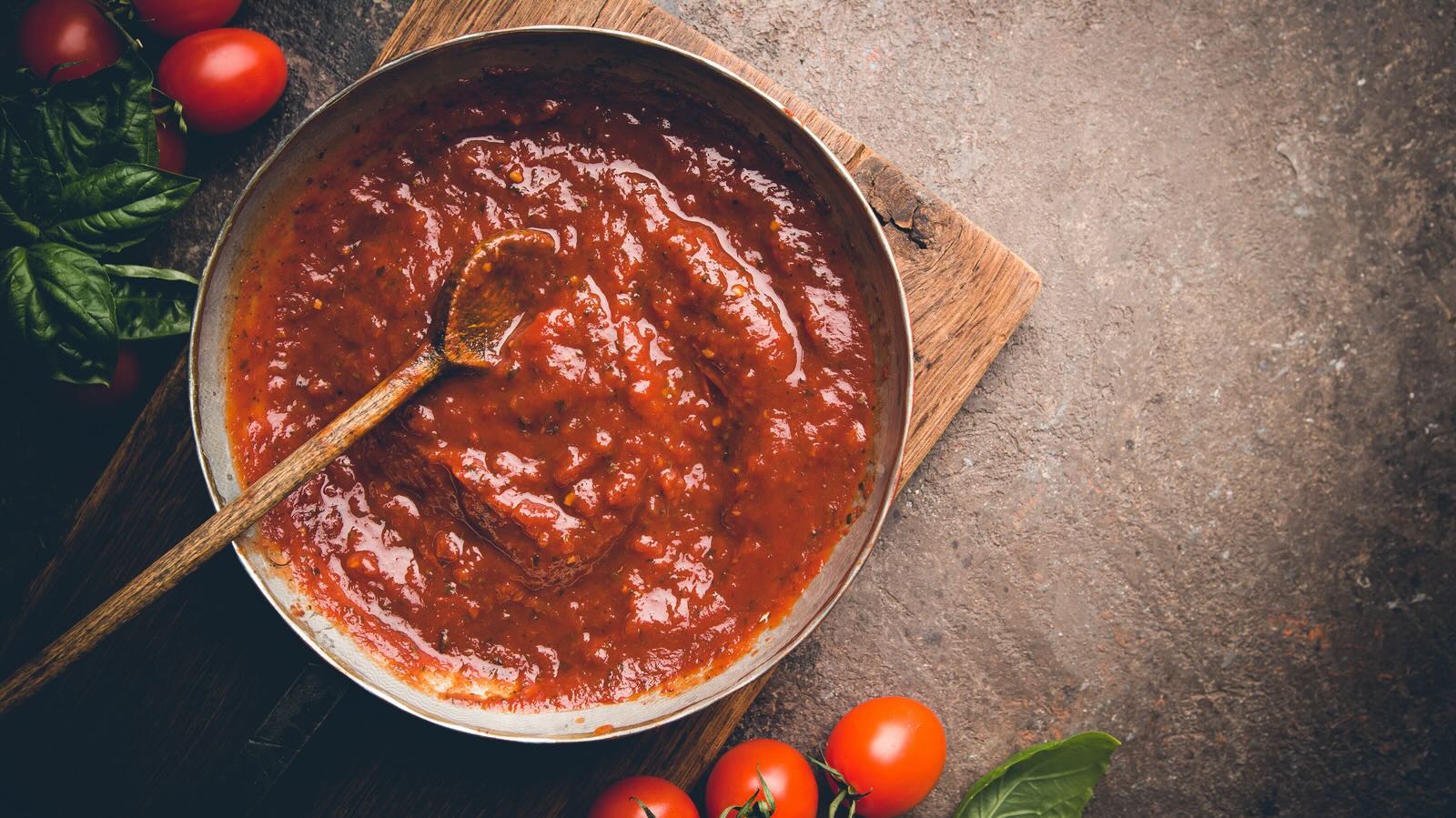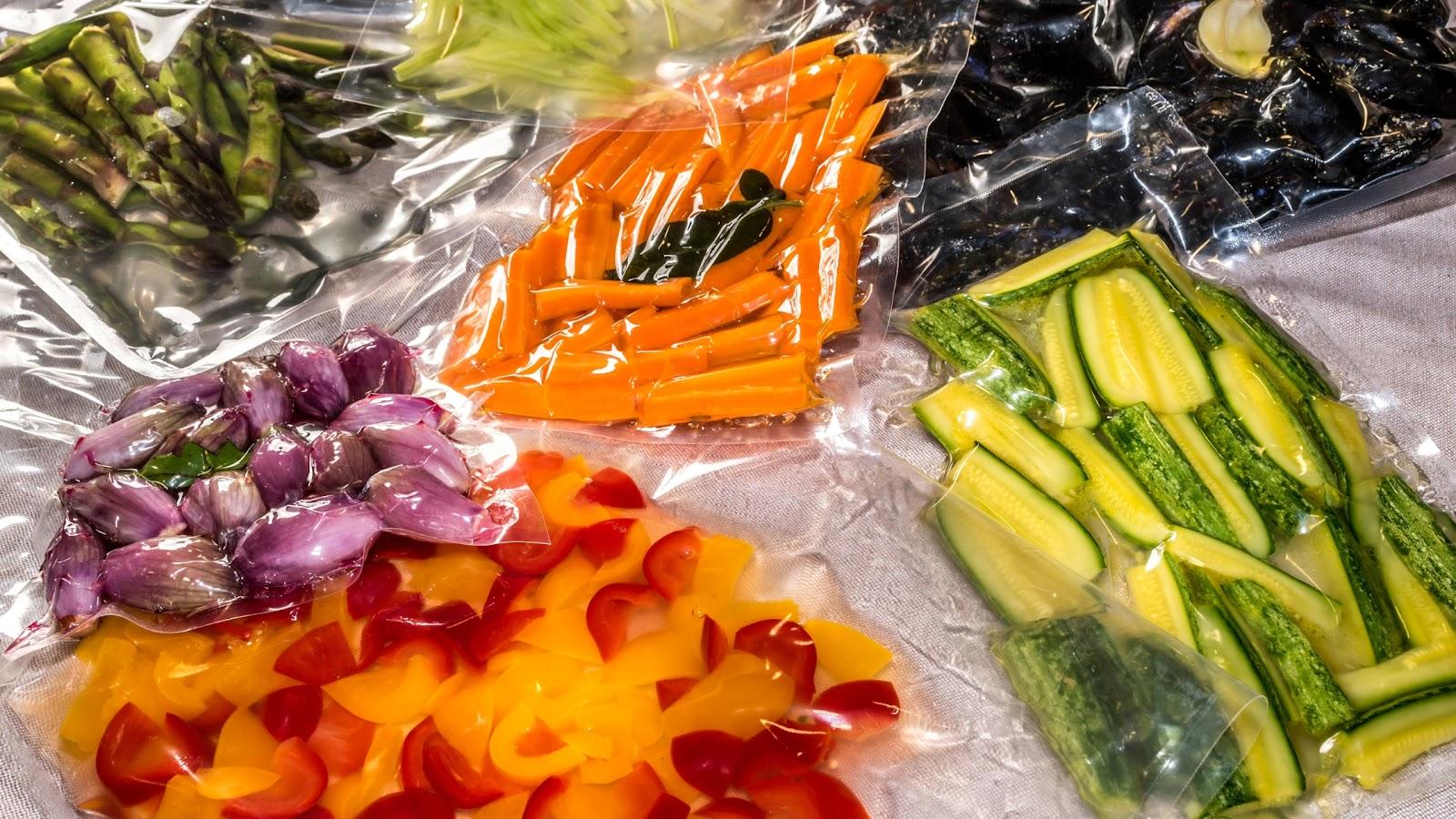Why Vacuum Sealing Food is a Game Changer
Have you ever wondered how to keep your food fresh for longer? Or maybe you’re tired of throwing away spoiled food? Vacuum sealing might just be the solution you’ve been looking for. This simple yet effective method of food preservation can help extend the shelf life of your favorite foods and prevent freezer burn. In this article, we’ll explore the benefits of vacuum sealing food and provide you with a step-by-step guide on how to do it right in the comfort of your own kitchen.
The Benefits of Vacuum Sealing
Vacuum sealing food offers a wide range of benefits, making it a game changer for many home cooks and food enthusiasts. Here are some of the key advantages:
- Extended Shelf Life: Vacuum sealing helps to preserve food by removing air, which can cause spoilage. This can significantly extend the shelf life of perishable items like meats, cheeses, and vegetables.
- Prevention of Freezer Burn: When food is exposed to air in the freezer, it can develop freezer burn, leading to changes in texture and flavor. Vacuum sealing creates an airtight seal, preventing freezer burn and preserving the quality of your frozen foods.
- Convenient Storage: Vacuum-sealed bags take up less space in the freezer or pantry, allowing for better organization and more efficient use of storage space.
- Preservation of Flavor and Nutrients: By removing air from the packaging, vacuum sealing helps to maintain the flavor, texture, and nutritional value of the food.
How to Vacuum Seal Food
Now that you understand the benefits of vacuum sealing, let’s dive into the step-by-step process of how to vacuum seal food.
Step 1: Gather Your Supplies
Before you begin, make sure you have the necessary supplies on hand:
- Vacuum sealer machine
- Vacuum-seal bags or rolls
- Food items to be sealed
Step 2: Prepare the Food
Ensure that the food you are sealing is clean and dry. Cut it into appropriate portions if necessary, and place it in the vacuum-seal bag. Leave enough space at the top of the bag to allow for sealing.
Step 3: Seal the Bag
Place the open end of the bag into the vacuum sealer machine and close the lid. Activate the machine to remove the air from the bag and create a secure seal. Once the air has been removed, the machine will automatically seal the bag shut.
Step 4: Label and Store
After sealing the bags, it’s important to label them with the contents and date of sealing. This will help you keep track of the items in your freezer or pantry. Store the vacuum-sealed bags in the freezer, refrigerator, or pantry as needed.
Tips for Successful Vacuum Sealing
While vacuum sealing is a relatively straightforward process, there are a few tips to keep in mind to ensure successful results:
- Use the Right Bags: Make sure to use bags specifically designed for vacuum sealing to ensure a proper seal.
- Avoid Overfilling: Leave enough space at the top of the bag to allow for sealing without food getting in the way.
- Seal Dry Foods: Moisture can interfere with the sealing process, so be sure to pat dry any moist foods before placing them in the vacuum-seal bags.
- Store Properly: Follow recommended storage guidelines for different types of foods to maximize their shelf life.
In Conclusion
Vacuum sealing food is a simple yet powerful way to extend the shelf life of your favorite foods and preserve their quality. By following the steps outlined in this guide and keeping these tips in mind, you can make the most of this effective food preservation method. Whether you’re looking to reduce food waste, better organize your freezer, or simply enjoy fresher, tastier meals, vacuum sealing is a valuable skill to have in your culinary toolkit.
Explore Delicious Recipes and Further Uses for Vacuum Sealing
After mastering the art of vacuum sealing, why not put your skills to the test with a variety of delicious recipes? For those with a sweet tooth, the Berry Compote offers a delightful treat that can easily be preserved for future enjoyment. If savory is more your style, the Herb-Infused Olive Oil is perfect for drizzling over salads or adding a flavor boost to cooked dishes. Meat lovers will appreciate the convenience and enhanced flavors of Marinated Chicken Breasts and Vacuum-Sealed Pork Chops. Seafood enthusiasts should not miss trying the Sous Vide Salmon Fillets and Sous Vide Scallops, both of which benefit significantly from the precise cooking that vacuum sealing and sous vide techniques offer. Each recipe provides a unique way to utilize your vacuum sealing skills, ensuring freshness and taste are locked in until you're ready to enjoy.
Was this page helpful?
Read Next: How To Vacuum Seal Bread
